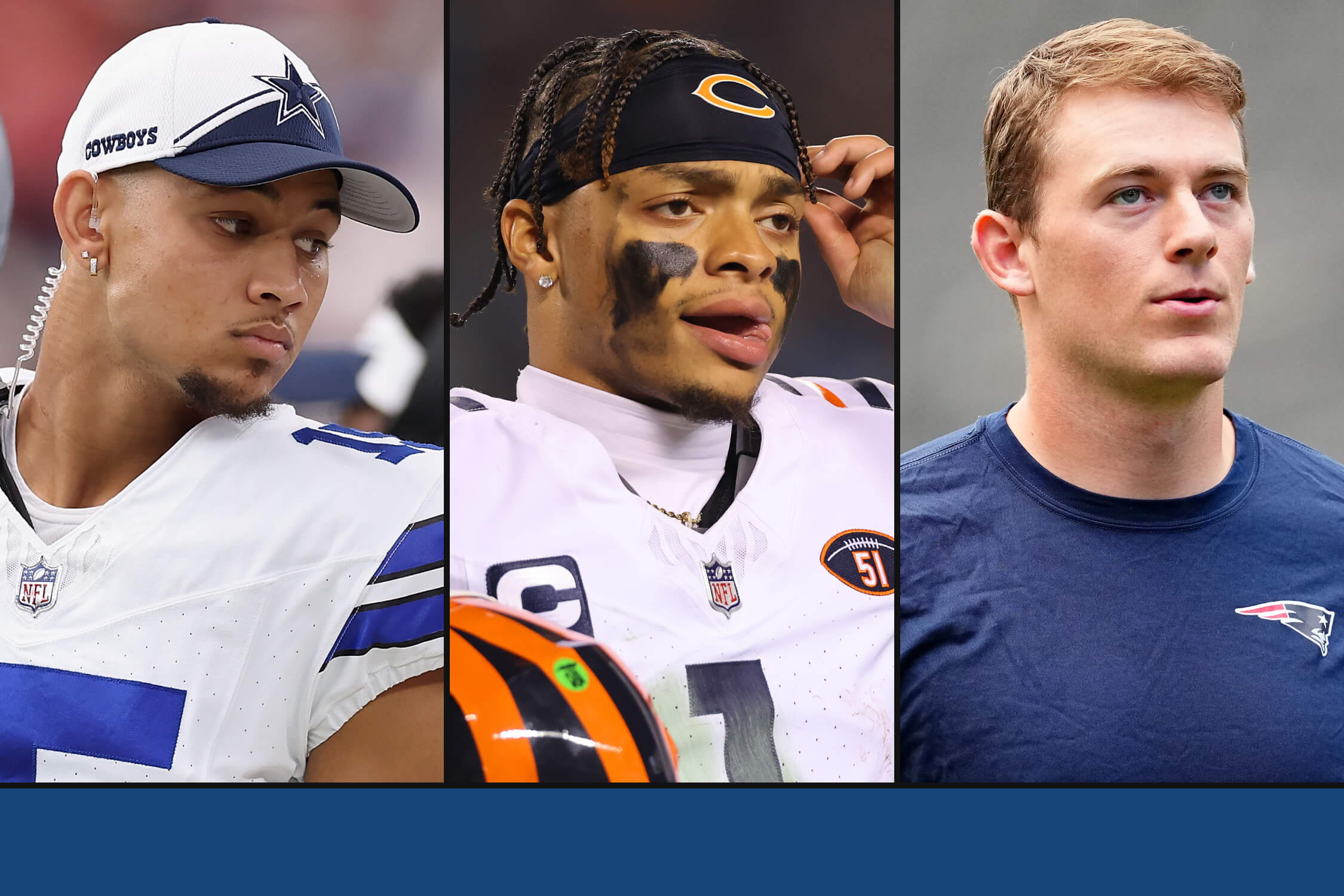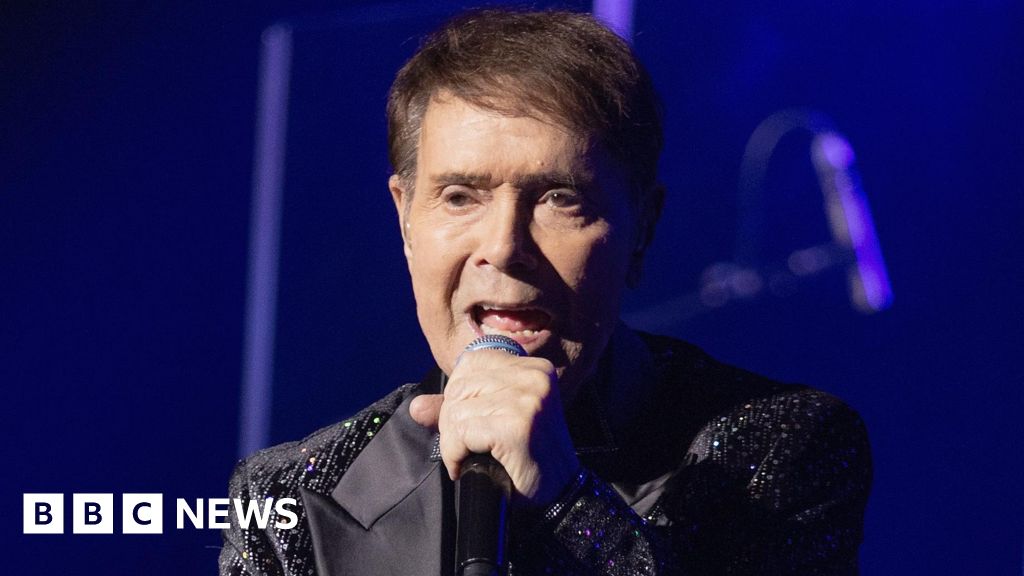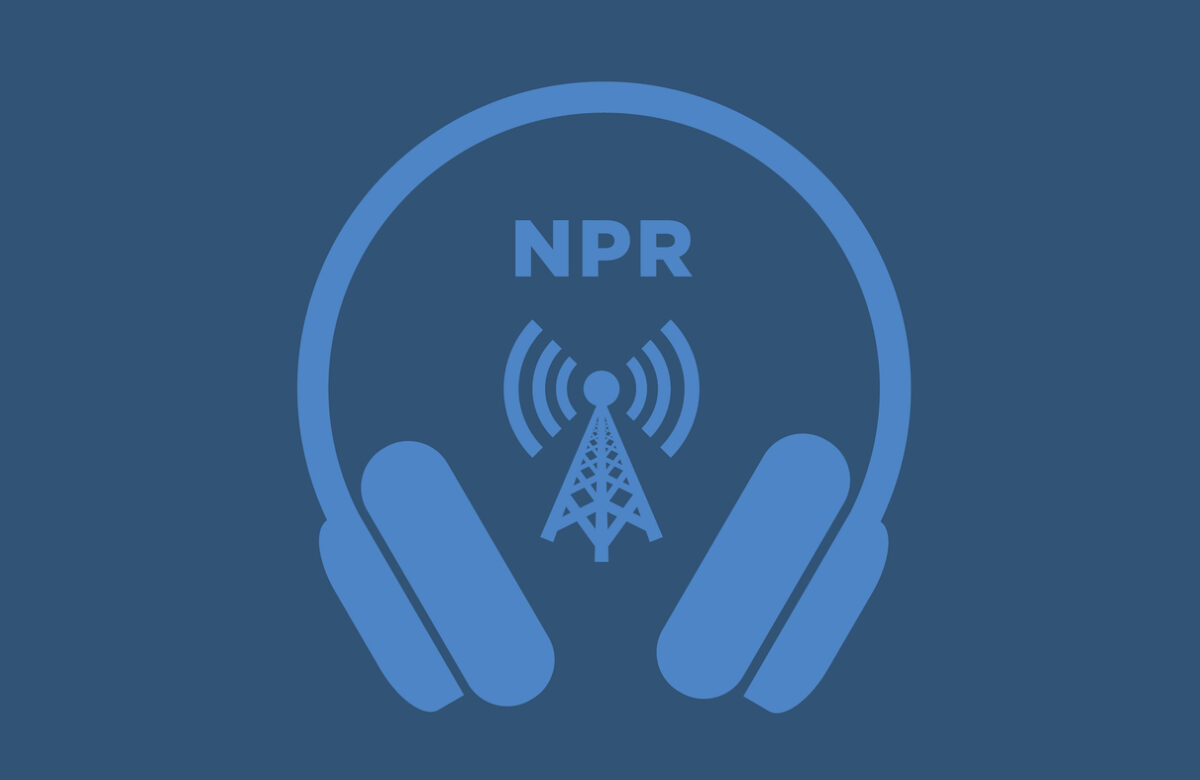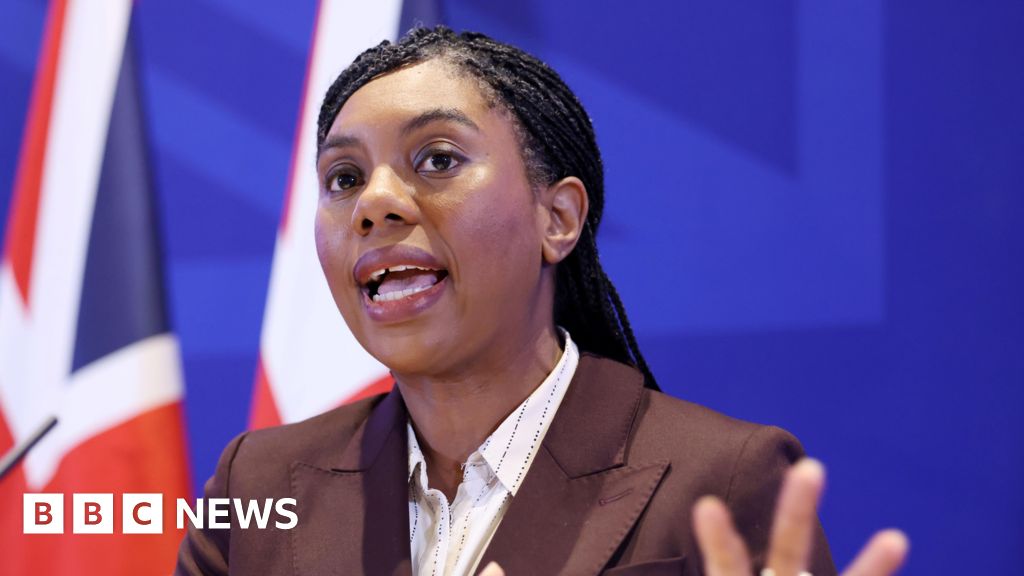
What happened to the 2021 NFL Draft QBs? Why Justin Fields and others are with new teams
- Sports
- March 20, 2024
- No Comment
- 117
They entered the NFL with great fanfare and lofty expectations of one day ranking among the best collections of talent the NFL had seen at their position. But just three years later, the 2021 quarterback draft class instead largely looks like one great big bust.
While NFL teams continue their assessments of another highly touted group of quarterbacks leading up to April’s draft, two of the five QBs drafted in the 2021 first round (Justin Fields and Mac Jones) were just traded for meager compensation. A third (Trey Lance) prepares to enter Year 2 as a backup for his second team. And a fourth (Zach Wilson) is facing an uncertain future in the NFL.
Trevor Lawrence — the No. 1 pick — is the only 2021 first-round quarterback still viewed as the answer for his drafting team, the Jacksonville Jaguars. But even Lawrence has yet to blossom into a transformative star. Meanwhile, Wilson clearly is in his last days with the New York Jets, who will trade or cut him. Lance is a backup for the Cowboys, traded to Dallas after Brock Purdy took over as the leader of San Francisco’s offense. Fields just got shipped from Chicago to Pittsburgh. And the Patriots essentially gave Jones to the Jaguars, who will use him as Lawrence’s backup.
Instead of rivaling the 1983 draft class of Hall of Famers John Elway, Jim Kelly and Dan Marino, the 2021 QB class will instead serve as a cautionary example about how commonly teams miss when it comes to talent evaluations, projections and developmental plans.
But what went wrong? Why are these once-heralded quarterbacks still stuck in developmental stages and/or bordering on bust territory?
An examination of each situation reveals some common themes and answers.

Trevor Lawrence is still with the Jaguars but has had an up-and-down three seasons. (Steve Roberts / USA Today)
Lawrence and the Jaguars
Lawrence has not yet approached elite status, but he’s the closest thing to a franchise quarterback this bunch has yielded. He is 20-30 as a starter with 58 touchdown passes, 39 interceptions and a completion percentage of 63.8. His lone winning season (9-8 in 2022) yielded a playoff appearance (Jacksonville went 1-1 in the postseason) and a Pro Bowl selection after he passed for 4,113 yards, 25 touchdowns and just eight interceptions. Lawrence and the Jaguars took a slight step backward in 2023, however, and missed the playoffs after an up-and-down year that concluded with a 1-5 skid.
Although Lawrence has struggled with consistency, most NFL talent evaluators still think he has promise. They believe his development was handicapped by a rookie season marked by dysfunction and toxicity under Urban Meyer, who was fired after a 2-11 start. The Jaguars replaced him with Doug Pederson, who has been good for Lawrence, though some of the accuracy issues the QB exhibited in college against top-level DBs (see the LSU and Alabama matchups in particular) have followed him to the NFL. Lawrence also played through some injuries in 2023. Health and another season in Pederson’s system should help advance his development, but the Jaguars also must find a quality No. 1 receiver to replace Calvin Ridley to further help the 24-year-old Lawrence.

Zach Wilson is likely to be cut if the Jets can’t work out a trade for him. (Jasen Vinlove / USA Today)
Wilson and the Jets
Wilson pre-draft workouts and college game film showcased his escapability and an improvisational wizardry that reminded talent evaluators of Aaron Rodgers. But BYU didn’t face elite talent in 2020, competing against schools from Conference USA, American Athletic, Sun Belt and Mountain West conferences, and the jump to the NFL proved far steeper for the No. 2 pick than the Jets ever imagined.
Wilson’s three Jets seasons have been a disaster. He’s 12-21 as a starter with 23 touchdown passes, 25 interceptions and a completion percentage of 57.0, plus multiple benchings. In retrospect, Wilson never should have gone as early in the draft as he did, and also needed to sit behind a veteran starter to learn and develop gradually both mentally and physically.
Wilson now faces an uncertain future. The Jets are trying to trade him after he struggled again as a starter following Rodgers’ season-ending Achilles injury in Week 1. And while the first week of free agency featured a fair amount of quarterback movement, Wilson’s name hasn’t even been linked to teams in rumors of potential deals. If Wilson is cut, some rival talent evaluators believe someone will take a flier on him as a backup/reclamation project.

GO DEEPER
Howe: What I’m hearing on QB ‘battles’: Daniel Jones vs. Drew Lock, Geno Smith vs. Sam Howell
Lance and the 49ers
San Francisco knew Lance would be a project: The quarterback came out of North Dakota State with only one full season of experience (2019) after COVID-19 robbed him of a full junior campaign. Yet the 49ers deemed Lance worthy of trading up from No. 12 to take him third overall.
After a season behind Jimmy Garoppolo, Lance entered 2022 as San Francisco’s starter, thanks largely to the fact Garoppolo was still recovering from offseason shoulder surgery. But in two games, Lance completed just 15 of 31 passes (48.4 percent) for 194 yards, no touchdowns and an interception before suffering a fractured ankle and missing the rest of the season. The emergence of Purdy later that same season, coupled with Lance’s continued developmental struggles in the 2023 offseason and training camp, caused the 49ers to lose patience. They traded Lance to Dallas for a fourth-round pick, and Lance spent the entire season as the Cowboys’ third quarterback, never taking a snap.

GO DEEPER
The awkward and necessary end to the 49ers’ Trey Lance era
The 49ers grossly erred in their assessment of Lance, who eventually proved to be far more raw, less dynamic as an athlete and not nearly as natural a thrower as they believed. That’s not to say that Lance can’t someday develop into a quality NFL quarterback. But the 49ers found themselves in a place of urgency as they try to capitalize on the window of opportunity they have with a championship-ready roster. Team officials ultimately decided they didn’t have time to wait for Lance to develop, and chose Sam Darnold as their No. 2 quarterback, deeming Lance expendable.
Purdy (the last pick of the 2022 draft) wound up so dramatically exceeding expectations, he offset the potentially crippling Lance miscalculations by San Francisco GM John Lynch and coach Kyle Shanahan. Meanwhile, the ability to learn from Cowboys quarterback Dak Prescott without the weight of expectations and a ticking clock could be the best thing for Lance’s development in the long run.
Fields and the Bears
Fields spent one season under Matt Nagy, who was fired after that 6-11 campaign, then had to start over again under Matt Eberflus and offensive coordinator Luke Getsy. Eberflus and Getsy turned Fields (the No. 11 pick) into much more of a running quarterback than he ever was at Ohio State, and Fields did prove dynamic as a rusher. He concluded the 2022 campaign with 1,143 rushing yards, joining Michael Vick and Lamar Jackson as the only quarterbacks to rush for 1,000 yards in a season. However, Fields was far less dynamic as a passer, throwing for just 2,242 yards, 17 touchdowns and 11 interceptions while leading the NFL in sacks (55) and fumbles (16). The perpetually poor state of Chicago’s offensive line also factored into Fields’ struggles.

GO DEEPER
Bears trade Justin Fields: Reaction to the compensation and what’s next for the QB
Fields made moderate improvements in Year 3, but still lacked consistency as a passer. Fields seemingly struggles to see the field well, and rival scouts and coaches question whether he ever truly was comfortable in Chicago’s system. Ultimately, Fields was the product of a poor developmental plan and never had the benefit of playing for coaches who truly believed in him or had a great understanding of how to tailor an offense to his strengths. Eberflus did fire Getsy following the 2023 season, but the move came too late for Fields, whom the Bears traded to the Steelers on Saturday. Chicago is expected to draft USC quarterback Caleb Williams with the No. 1 pick.
A reset is probably the best thing for Fields. He’ll begin his Steelers chapter as backup to Russell Wilson, a former Super Bowl champion who can help Fields further understand NFL defensive concepts and how to use his mobility as a tool to extend plays while he works to further refine his passing skills.
Jones helped Alabama win a national championship but was never viewed as a dynamic NFL prospect. Playing for Nick Saban perhaps better prepared him for the pro game, but Jones was regarded by many talent evaluators as having the lowest ceiling of his fellow first-round quarterbacks because of average physical gifts.
Jones, taken 15th by New England, had a solid rookie season. He beat out Cam Newton for the starting job and passed for 3,801 yards, 22 touchdowns and 13 interceptions, helping the Patriots go 10-7 and reach the playoffs. But he regressed in Year 2 after Josh McDaniels left his job as New England’s offensive coordinator to coach the Raiders. Bill Belichick then tabbed former defensive coordinator Matt Patricia and former special teams coordinator Joe Judge to direct the offense rather than giving Jones a true offensive coordinator. The legendary head coach/roster architect also failed to sufficiently bolster the Patriots’ skill positions. Despite the hiring of Bill O’Brien as offensive coordinator entering Jones’ third season, the quarterback never managed to regain his effectiveness and was benched off and on while going 2-9 as starter.
Jones’ situation is a perfect example of team mismanagement. Despite his limitations (average arm strength and athleticism), he excelled in college while surrounded by superior talent that helped ease pressure on him. He succeeded as an NFL rookie because the highly creative McDaniels understood how to best mask his deficiencies and position him for success. Belichick foolishly thought Patricia and Judge could do the same. Without McDaniels’ offensive wizardry and lacking a talented supporting cast, Jones came crashing down to earth. Now, he’s in Jacksonville as Lawrence’s backup — a role that best fits his skill set.
In five weeks, the next crop of star college quarterbacks will enter the NFL with great fanfare and expectations they will change the fortunes of the teams that will invest handsome draft picks to acquire them. The Bears and Patriots — owners of the first and third picks of the draft, respectively — are expected to once again take swings at finding a franchise quarterback. The Commanders, Vikings, Raiders and Broncos also could draft quarterbacks.
Their success will hinge largely on an ability to avoid the mistakes made by the Jets, 49ers, Bears, Patriots and so many other teams before them: Poor talent projection, overvalued prospects and a failure to provide the quarterbacks with adequate coaching or roster support.

GO DEEPER
NFL Power Rankings post-free agency: The Texans are going for it, the Cowboys are … not
(Top photos of Trey Lance, Justin Fields and Mac Jones: Christian Petersen, Michael Reaves and Chris Unger / Getty Images)
#happened #NFL #Draft #QBs #Justin #Fields #teams









